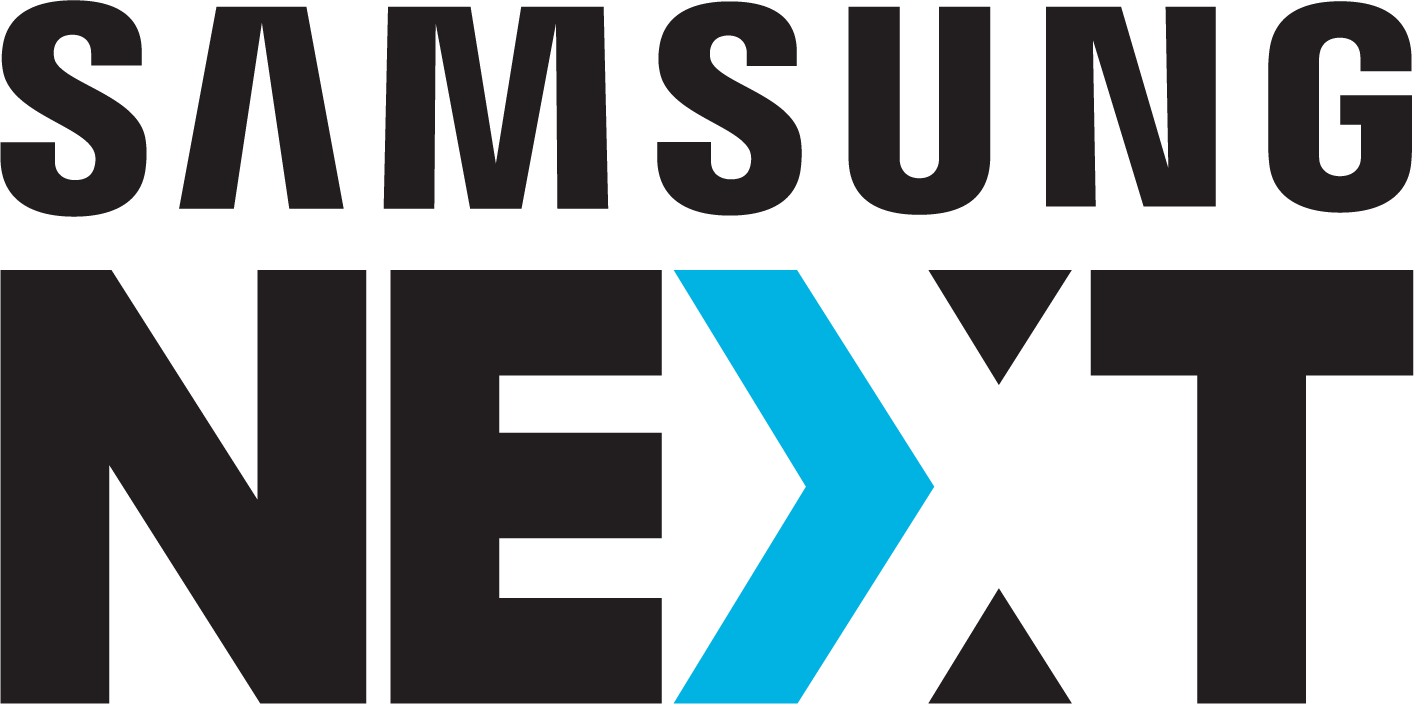How to grow a community around your brand
This video is a part of our ClassroomX educational series on the nuts and bolts of building a startup today. From defining your business model to growth, product strategy, and building your community, these 15 lessons by domain experts aim to equip young founders with crucial insights to transform their early-stage products into viable businesses.
How to grow a community around your brand?
Understanding how to make your brand stand out in a crowded marketplace is essential. But building that brand isn't so simple. Recent data suggests that consumers now see more than 4,000 advertisements per day, and survey results underscore the natural consequences of this attention-grabbing overload: 69 percent of customers don't trust ads.
What you'll learn from this lesson:
About Severin Matusek
Severin Matusek is the founder of co-matter. Severin works across technology, culture, and creativity to bring people closer together. Based out of Berlin, he built EyeEm's community of 22M photographers, was a founding member of Copenhagen's Techfestival, and now runs co-matter, a global network that explores what makes communities thrive.
During his presentation, Severin provided five key insights for entrepreneurs, ranging from how to overcome information overload to how to build customer-centric communities.
1. Boost the signal, reduce the noise
For Severin, there's a missing piece in most brand communities: Purpose. "There needs to be a common goal," he says. "There needs to be a reason why people should come together and participate."
With Americans checking their smartphones 52 times per day, "communities" that are just thinly-veiled marketing vehicles can quickly drown-out brand signals in the roar of digital noise. True communities, Severin says, boost your signal by empowering customers to connect through shared passions and authentic interactions with your brand.
2. Avoid shallow channels
Creating a more positive, interactive experience is essential for community growth, says Severin. "We have this paradox relationship to social media nowadays," he notes. "Social media is, of course, an amazing tool to reach millions of people, and build a community. But, at the same time, personally, we all kind of like to get off of it."
While social shares, likes, and comments can help raise basic brand awareness, their depth of interaction is inherently shallow and can negatively impact consumer engagement.
Encouraging engagement means creating community channels that enable customers to connect and collaborate, rather than simply observe from the sidelines.
3. Focus on customer needs
Subscription-based community models, says Severin, offer a way to both boost revenue and empower connectivity. Customers willing to pay for virtual platforms represent the most passionate subset of users, making them the ideal brand ambassadors.
Taking this approach fundamentally changes the consumer/company dynamic. "If you've built something that's subsidized by the very users and the very members that you cater to every week," he says, "you have to build that newsletter, or that platform, or that community based on their needs. So you're creating a totally different relationship."
4. Combine URL and IRL
To facilitate connection and drive conversion, brands need to combine their URL and in real life (IRL) communities with hosted events and local meetups. Severin points to sports brand Adidas as an example. The company has created an IRL running club that spans 66 cities and connects its customers with real-world experiences.
With 40 percent of Americans now saying they lack companionship, Severin argues this IRL connection is critical: "If you, as a brand or the community, can be part of that, you gain so much trust and loyalty from people that it's almost impossible to remove that," he says.
5. Guide the experience
Severin suggests establishing general guidelines around things like acceptable language use and online commenting behavior to help build healthy, self-sustaining communities.
While brands must provide the framework and infrastructure for communities, they don't own the neighborhood. Attempting to enforce specific behaviors or interactions results in dwindling subscriber numbers. Moreover, free-for-all approaches that lack organization and cohesiveness can bring backlash if brand ambassadors cause public controversy.
"You have to tell people what is allowed in your space and what is not allowed," he says, "and how you're sanctioning it."
Building a better brand
Overwhelmed by noise and missing the signal, consumers are losing attention as brands boost the volume without adding value.
Communities are the key to overcoming this deficit. "If you're really building something that involves people, that makes people participate, and that people truly care about, you can achieve that," says Severin. "You grow organically and you grow together with your community that truly cares about you in the long term."

